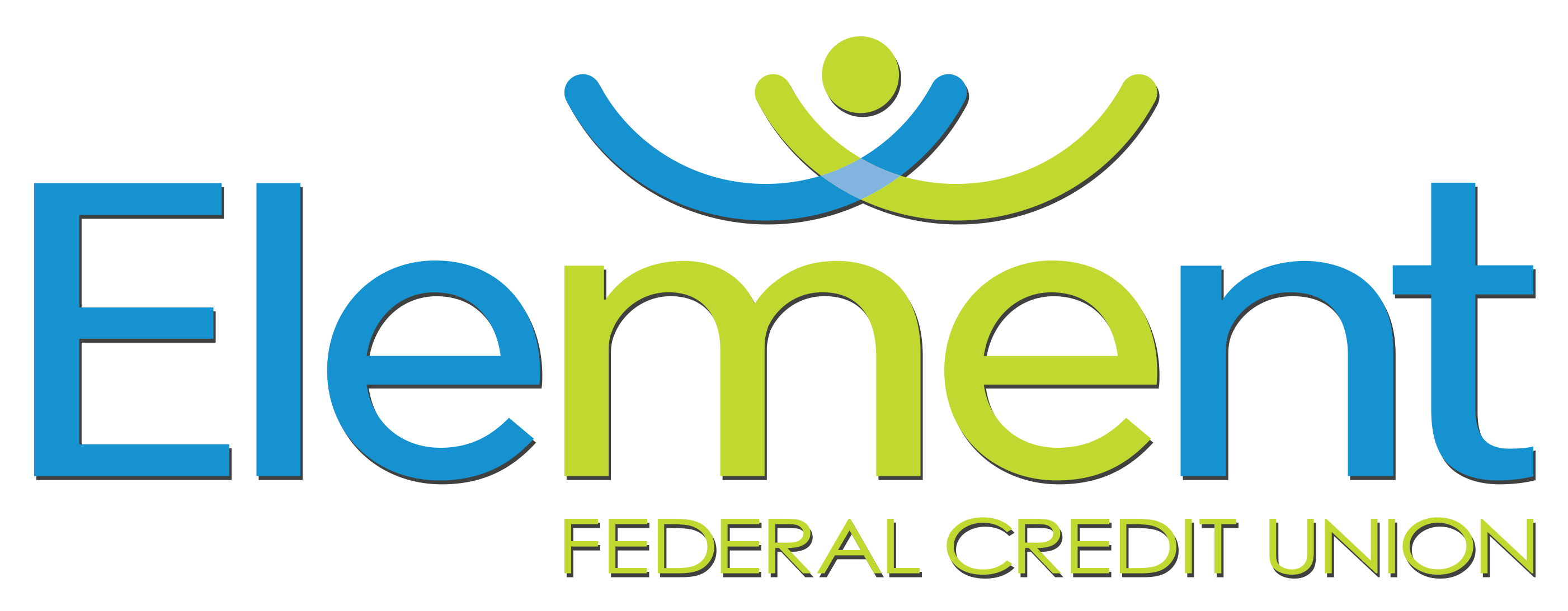Scholarship Application Time-Savers
Successful scholarship applications take considerable time and effort. Although there’s no shortcut to a quality application, there are steps you can take to make your efforts as rewarding as possible. Tackling your scholarship search with strategy and efficiency can translate into extra applications—and therefore, extra tuition dollars. For best results, incorporate the following tips into your application process as early as possible.
Schedule recurring scholarship time in your calendar
Think of your scholarship application strategy as a regular practice, rather than a single sprint. Investing regular increments of time over several months will likely serve you better than doing an all-out application-fest over a single weekend. By turning your application process into a healthy habit, you’re better able to plan for the opportunities you want and to respond to any snags along the way. Your efforts aren’t as easy to derail and you get the added motivational boost of seeing progress over time. Treat your scholarship application time as you would a part-time job and give it a fixed time slot in your weekly schedule.
Create a master binder
To save yourself the trouble of scrambling for documents at the last minute, dedicate a binder to housing physical copies of regularly requested documents (report cards, transcripts, student ID numbers, awards/certificates, letters of recommendation, parents’ tax returns, etc.). This way, the appropriate document is only ever a quick photocopy or scan-and-print away. The master binder is also a great place to keep a list of scholarships you’ve already applied for, as well as a calendar with upcoming application due dates.
Archive your essays
Although it’s important to cater your essays to the specific requirements of each individual scholarship opportunity, there will likely be some overlap between the various essays you write. Rather than keeping dozens of essay iterations scattered across folders on your computer, print out hard copies of all your applications and archive them in your master binder (separating each application with a tab divider). The next time you find yourself staring at a blank screen waiting for essay inspiration to strike, you can thumb through the pages of past applications and borrow the bits and pieces that apply to the current opportunity. The result? You’ll beat your writer’s block and cut down on overall writing time while ensuring that your essay is fresh and unique.
Make a “cheat sheet” for online applications
While you should avoid hitting copy and paste on your application essays, you can speed up the application process by copying and pasting your basic info. Create a Word document with the bits of information that pop up frequently in online scholarship applications. Some examples of content include:
• Personal info: your name, address, phone number, date of birth, email address
• Academic info: name of current high school, list of current courses, expected graduation date, intended majors or areas of study, GPA or other academic scores
• Parental info: names, employment, and income information for your parents or guardian
• Your mini-resumé: a list of school activities, community activities, volunteerism hours, jobs and/or internships, and awards or honors you’ve received
By creating a digital cheat sheet, you’ll spare yourself from having to type out the same answers over and over again. Like all documents with personal or sensitive information, make sure you keep your cheat sheet in a safe place (password-protecting it is ideal).
Be smart about letters of recommendation
By submitting letters of recommendation, your teachers and mentors are doing you a huge and potentially life-changing favor. Think about it—their words could be worth hundreds or even thousands of dollars. It’s therefore in your best interest to make the process as easy for your letter-writers as possible. As the school year winds down, schedules get extremely busy and your teachers, coaches and employers may not have time to field every single one of your requests—even if you’ve been engaged and participative all year.
Communication is the key—schedule an appointment with your teachers and let them know that you are in the scholarship application process and could use their support with letters of recommendation. Be clear about how many scholarships you’re applying to (is it 5? 10? 30?) and then discuss some possible strategies for making it happen. Explain whether you need individual letters for each application, or whether a general letter can be repurposed for multiple applications. Provide your teacher with a resumé and be sure to highlight accomplishments you want mentioned in your letters of recommendation. If you wish to use the same letter for multiple scholarship opportunities, get permission from your teacher to edit the letter’s recipient.
Be clear about time frames and set a reasonable deadline that works for both of you. If time is an issue, see if your teacher is willing to approve and sign a letter of recommendation that you’ve written yourself. Be accommodating and flexible and don’t forget to show some courtesy—send your letter writers a thank you card, and be sure to share news of any scholarship wins with them.
________________
Time is a crucial component of a winning scholarship application. By combining best practices in time management, organization and communication, you can maximize the both quality and quantity of your scholarship applications and increase the odds of decreasing your college tuition.

